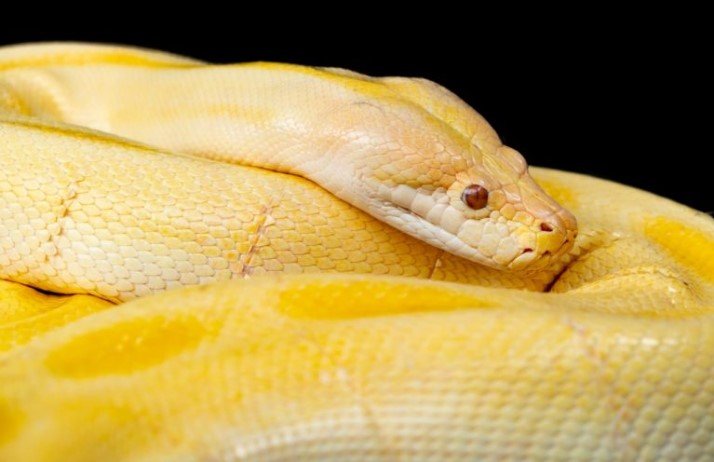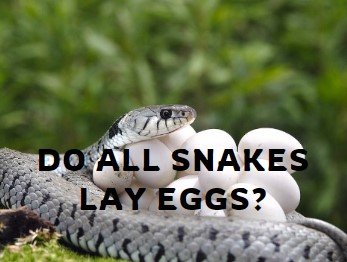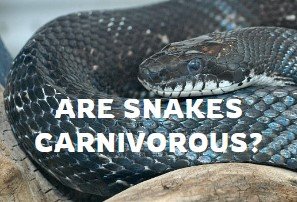1. Average Size:
Corn snakes are considered medium-sized snakes, with adults typically ranging between 3 to 5 feet in length. Their manageable size makes them suitable for both novice and experienced reptile keepers.
2. Growth Rate:
The growth rate of corn snakes is influenced by various factors, including genetics, diet, and environmental conditions. While they may reach their full length by the age of 3 to 4 years, individual growth rates can vary.
3. Genetic Influences:
Genetic factors play a significant role in determining the ultimate size of a corn snake. Different morphs or color variations may exhibit subtle differences in size, with some individuals growing slightly larger or smaller than the average.
4. Feeding Habits:
Adequate nutrition is crucial for healthy growth. Corn snakes are carnivorous, primarily consuming rodents. Regular feeding and a balanced diet contribute to optimal growth and overall well-being.
5. Housing Considerations:
The size of the enclosure provided for a corn snake can influence its growth. A properly sized enclosure allows for physical activity and exploration, contributing to muscle development and overall fitness.
6. Sexual Dimorphism:
Male and female corn snakes may exhibit slight differences in size due to sexual dimorphism. Females are typically larger and more robust, especially during the breeding season when they may develop eggs.
7. Tail Length:
Examining the tail length of a corn snake can provide insights into its overall health. A well-fed snake will have a plump and evenly proportioned tail, while a thin tail may indicate potential health concerns.
8. Longevity:
Corn snakes have a lifespan of 15 to 20 years in captivity with proper care. Their growth gradually slows as they reach maturity, and they may experience minimal size changes in their later years.
9. Handling and Socialization:
Regular and gentle handling can positively influence the behavior and stress levels of a corn snake. A well-socialized snake may exhibit more relaxed behaviors and may be more comfortable during interactions.
Conclusion:
In conclusion, understanding the factors influencing the size of corn snakes is essential for providing appropriate care and ensuring their well-being in captivity. Their manageable size, combined with their striking appearance, makes corn snakes a popular choice among reptile enthusiasts seeking a rewarding and captivating pet.
Learn more about Snakes.






Leave a Reply